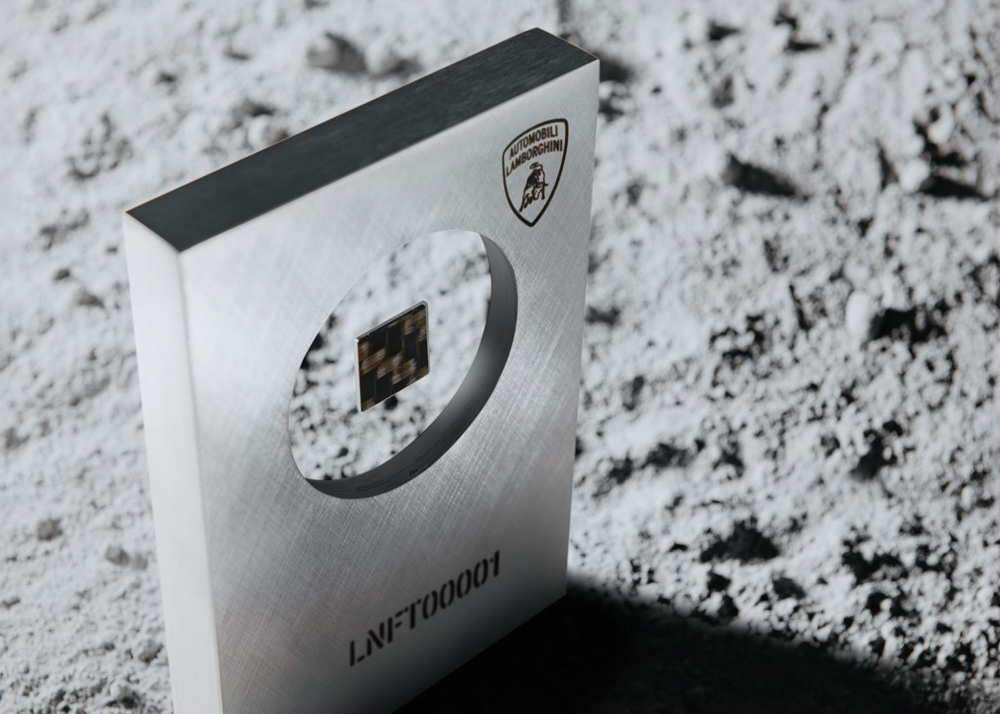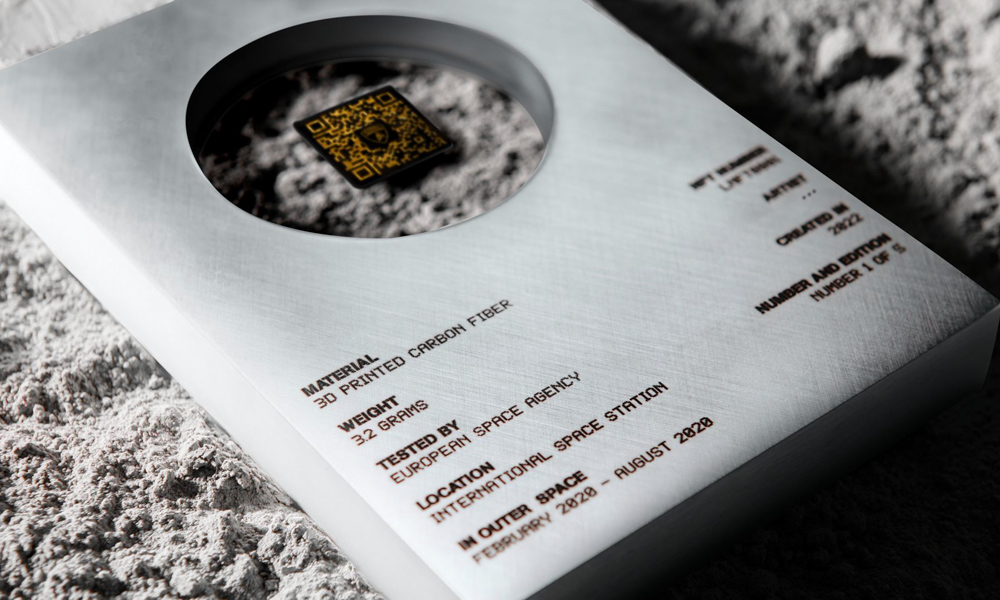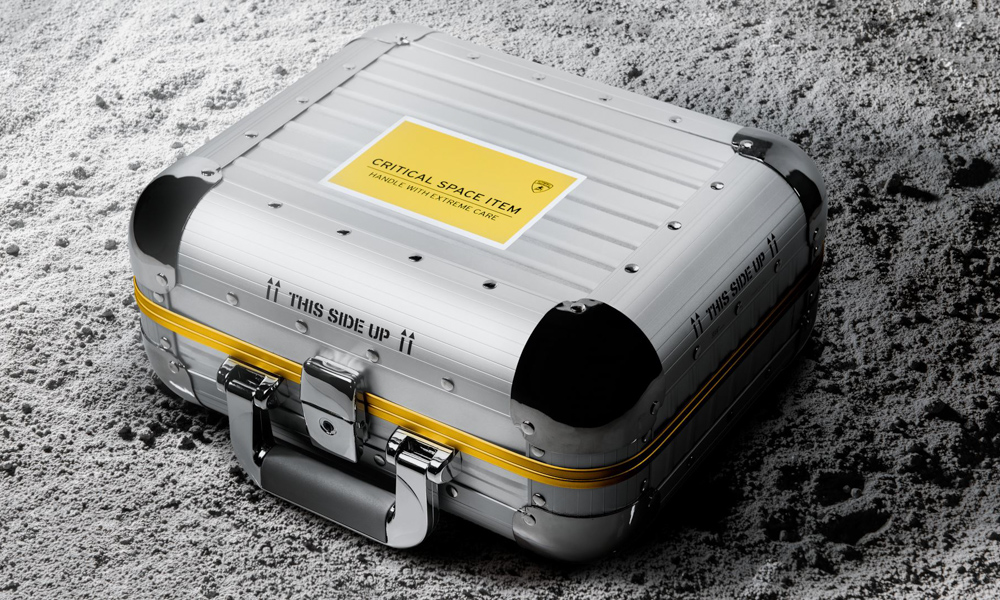
Car manufacturers always try to have a finger on the pulse of our time. They have to if they want to remain relevant in an ever more competitive and faster-changing marketplace. Maybe it is because of this pressure that supercar maker Lamborghini decided to jump on the non-fungible tokens (NFT) bandwagon by issuing its own unique digital art piece.
The result is called the Lamborghini Space Key. It will not start any of the firm’s cartoonish-looking hypercars though. Rather, it is an exercise in using a famous brand name to make something that is essentially worthless, sell for big money. Marketers everywhere should take note.

In case you have not heard of NFTs before, here is a quick crash course. A non-fungible token is a type of unique digital asset that resides somewhere on a blockchain and can be used to do a number of things. It can be a digital piece of art, such as an image, video, or a song. It can also be used as proof of ownership of a digital or physical asset.
For example, you could store the title to your car or the deed to your house as an NFT, replacing the paper documents. While these unique tokens can have some legitimate uses, most of the ones being created and traded in the market today have no real-life value or genuine usefulness. As anyone can create an NFT in minutes and without need for the artistic skills of a Leonardo da Vinci or the technological knowledge of a Bill Gates, their value most of the time comes from the hype being generated around it.
The Lamborghini Space Key is a prime example of this. The fancy-sounding project consists of five pieces of experimental, 3D-printed carbon fiber that the company had sent to the International Space Station for testing. Upon their return to earth, someone at Lambo’s marketing department saw an opportunity to make a bit of money by drumming up interest for what is essentially just space junk.
These tiny pieces of plastic were saved from the bin and Lamborghini printed a unique QR code on the back of each one that links to a digital artwork of a still-undisclosed artist. For added impact, the whole work was then installed in a posh-looking metal frame and placed in a specially-made suitcase.

These pieces of spaced-out art will soon be up for auction and, no doubt, all will be sold, even probably at eye-watering figures, as the name behind them carries more credibility than the vast majority of other NFT projects out there. That fact may also explain why this endeavor makes sense in a way.
As silly as NFTs can appear at times, what Lamborghini has done is actually quite clever. We know that is quite contradictory to what we just wrote in the previous paragraphs but we believe that by dipping their toe into the sea of digital art and assets, Lamborghini paves the way for bosses to learn more about this field, and, possibly see what other uses these unique tokens have.
After all, art is worth what someone is willing to pay for it, and, personally, we would rather have some Lambo space carbon on our shelves than an 8-bit Bored Ape work that only exists in digital form. The Space Key, being Lambo’s first foray into NFTs, can therefore be a test to see the extent of the interest of the iconic company’s fanbase in NFTs. A possible consumer trial on the back of which other projects may emerge.
Who knows, maybe in the future you can get a digital Lambo with your real one. And then you can show it off outside your house and inside the metaverse.


0 Comments